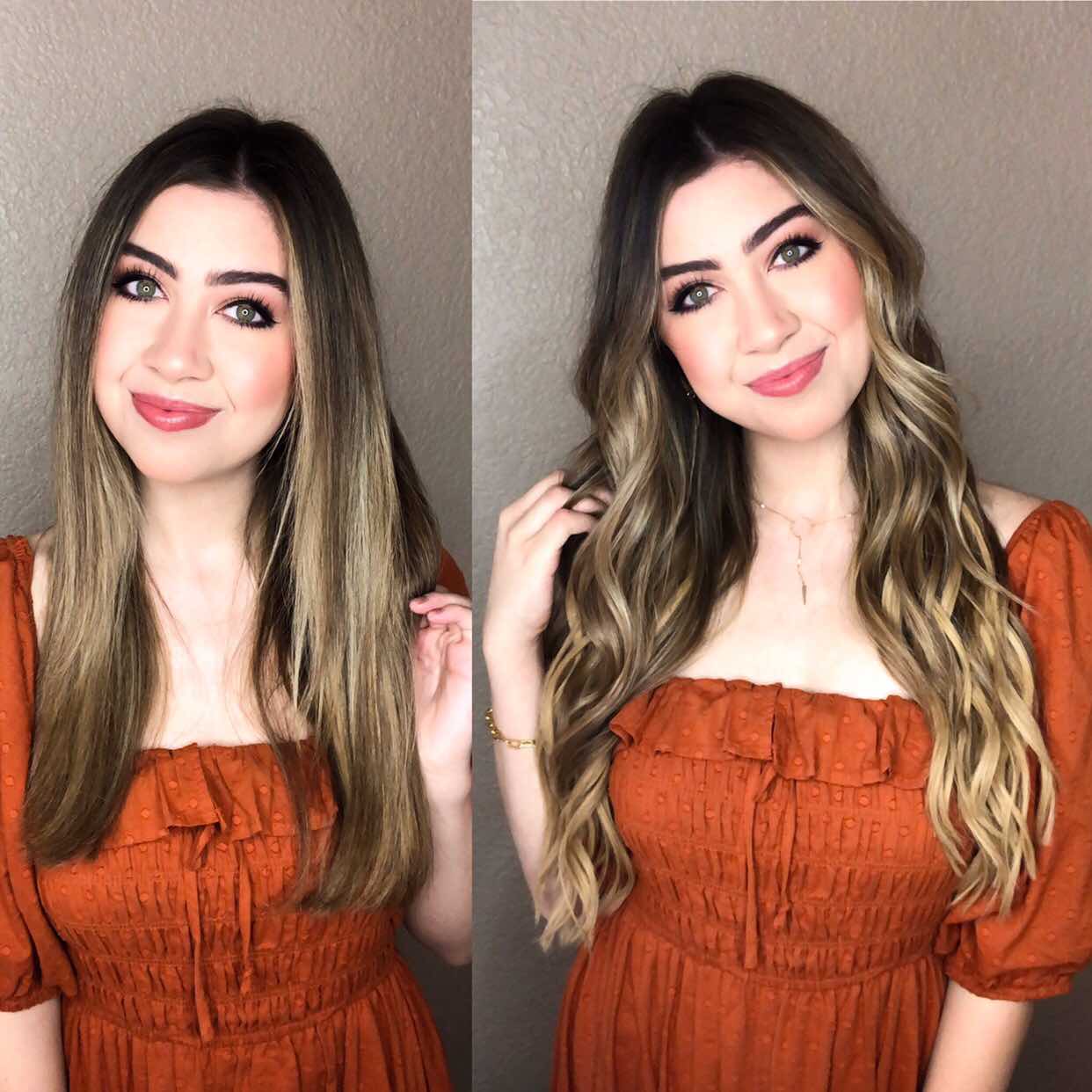The Business of Hair Extensions
Human hair extensions come from various locations around the globe. Asia, Eastern Europe and India are only a few places where human hair has become a hotly traded commodity. However, depending on the hair’s provenance, quality can be a concern. The words "100% human hair" don’t automatically guarantee quality. Growing hair for extensions is serious work. Some women and men who grow hair must follow a special diet to ensure that their hair will be healthy, well nourished and of the best quality.
Asia
Most of the human hair you find in local beauty supply emporiums comes from Asia. Young women from many far-flung Asian provinces have their hair harvested. For many this is the family’s only source of income.
Asian hair is normally bone-straight and dark. In order to manipulate it into a variety of colors and styles, Asian hair is subjected to a number of processes that damage the hair. It’s treated with silicones and other chemicals to make it look shiny and lustrous. However, every shampoo washes these chemicals out of hair extensions, leaving behind damaged, unmanageable hair.
Eastern European
Hair dealers purchase hair in Eastern Europe from hair collectors. These collectors travel to many of the Eastern Europe’s outlying regions convincing young peasant women to shave off their hair. Most of these women receive a pittance compared with the actual worth of their hair.
Consumers prize Eastern European hair for its naturally occurring blonds and lighter colors. The natural color decreases the amount of processing to which Eastern European hair is subjected. Most blond hair sold as extensions has been dyed and processed extensively. Eastern European hair comes in a host of textures. Most of them are Caucasoid in structure. Because of the difference in texture, Eastern European hair extensions may not work with other hair textures such as African or Asian. British pop sensation Jamelia shared that many hair dealers have no real idea where collectors get the hair (see Resources).
India
Much of the hair cultivated in India is "temple" hair. As a testament to their Hindu faith, young men and women have their hair shaved. This has been the cause of some controversy. According to Britain’s Daily Mail Online site, many of these faithful devotees are not even paid for their tresses. The Hindu temple, located in the verdant hills of the Indian city Tripalu, receives an estimated 20 million pilgrims each year. Maintaining the temple costs upwards of $120 million a year. Most of the supporting revenue comes from the sale of human hair. Pilgrims sacrifice their hair to the god Vishnu in a process called tonsuring. Their hair is then sorted, washed and dyed for marketing.
Due to practices like these, many people have vowed to stop wearing hair extensions. Jamelia recently completed a documentary about the trade in human hair extensions.
Remy Hair
Remy hair, a subset of human hair manufacturing, is "cuticle" hair. Cuticle hair has the cuticles intact and facing in the same direction. This gives it enhanced shine and manageability because it resists the tangling commonly found in hair that has cuticles facing in different directions. Remy hair is shorn as close to the root as possible, taking care to keep all of the cuticles going in the same direction. This makes Remy hair extensions the most comparable to naturally growing hair. Virgin hair, the most sought-after Remy hair, has not been processed in any way save washing and packaging.
Expect to pay a premium price for real Remy hair. On the upside, you will get a better grade of hair that lasts longer between adjustments. Do your research before you purchase. If you can’t buy high-end extensions, then know the best products to extend the life of your extensions.
